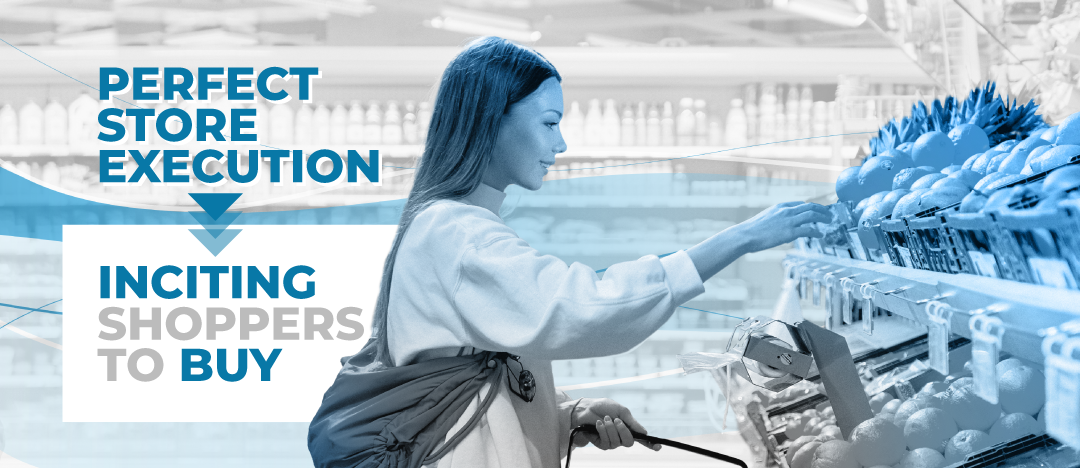Proper distribution and availability are two of the core elements of marketing execution; the basics, if you will, turn your marketing strategy into action and bring the most fundamental goals and tactics to life. Sure, plenty of other vital elements play an essential role in improving your company’s bottom line. Still, as a brand, it is crucial to focus on the basics and ensure that the core elements of execution are correct.
Store execution is known to drive sales, cut costs, cut risks, and increase customer satisfaction. That said, turning a profit relies on details and organization.
That said, achieving “Perfect Store” programs has been considered the main driver of profit. What does it mean?
Achieving a Perfect Store
A Perfect Store is one in which consumers can find the right products in the right location, presented in the best possible way to influence buying behaviour while granting a quality customer experience.
Think of your local supermarket and the shoppers; they all have their preferences, with some products they want to buy already in mind when they enter the store. Are they doing their weekly shop, or have they come in for a specific item? Studies show that only one-third of in-store purchases are pre-planned. That is why product placement and a perfect store execution are vital in inciting shoppers to buy. It concerns the so-called Key Performance Indicators (KPIs), criteria that a product must meet.

What do KPIs include?
- Distribution availability on the shelf
- Promotional execution
- Sufficient shelf space
- Customer satisfaction
- Internal Process Quality
- Financial Performance Index
If your brand performs well with all these criteria, the execution is successful, driving sales and maximizing earnings.
The role of technology in optimizing KPIs
Establishing KPIs to measure, track, calculate and evaluate business performance is crucial for your business. In the last decade, technology has been increasingly used to optimize these KPIs, helping brands achieve a perfect Store. In addition, it has transformed marketing, as there are many technological solutions for retail mapping execution.
One example is using AI-powered image recognition, which converts shelf photos into data points, replacing manual scanning through thousands of pictures to find the best performing using intelligent software. It can even classify images based on specific trends and can be used in several contexts.
Start with the basics
Although marketing technology is becoming more accessible, we understand that it is a universe that can sometimes be overwhelming. Technology allows us to track so many performance metrics that when the “what can we do with so much data?” question sparks in a conversation, our advice is: to start with the basics. Starting simple to organize the basics is key to then being able to reach for advanced technologies.
As we know, covid-19 posed a considerable challenge for all kinds of businesses. It forced brands to reinvent themselves, redesign the business model, understand how to operate from virtuality and, above all, go back to basics.
The pandemic brought concepts as essential for marketing as distribution and availability into the spotlight again, and the importance of closely monitoring them.

How can a business correctly implement technology?
Start with assessing the usability of the data; what is the point of gathering it? How can you benefit from it? How to process results? What can you do with this information at HQ and/or at the store level? Who will work with it?
It is important to analyze the role played by this information in distribution and availability, as well as the business itself. Is the company prepared to use this data constructively? What resources are available to process and design and implement the information? It is helpful to think of this technology as an intrinsic tool, but the business must work in tandem with it.
Translating data into improvement
Once you have assessed the usability of the data, the next step is to translate it into improvement. There is no point in having the latest technology tools to gather large amounts of data if you do not categorize it, analyze it, and then present it in a way that allows you to develop improvement strategies for your business.
At AmartSpotter, we have those tools to help your business grow, solve problems effectively, and be competitive in the marketplace.
Read more about the benefits of crowdsourcing in retail:













